Deep Work vs. Shallow Work Optimizing Your Day for Maximum Focus
Jeff Weiner's calendar purge illustrates how strategic focus, compassionate culture, and decisive pruning transform shallow busyness into deep, compounding results.




